#Caenoplana coerulea
Explore tagged Tumblr posts
Text
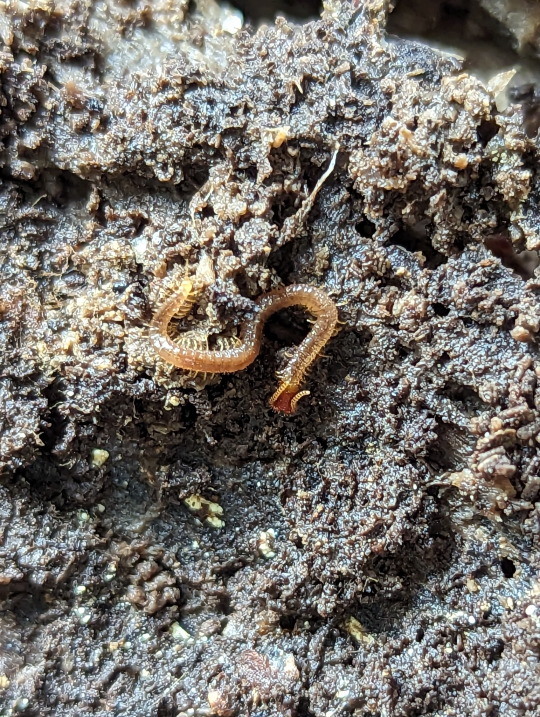

Photo 1 - Geophilomorpha sp. / Photo 2 - Pyrgodesmidae sp.

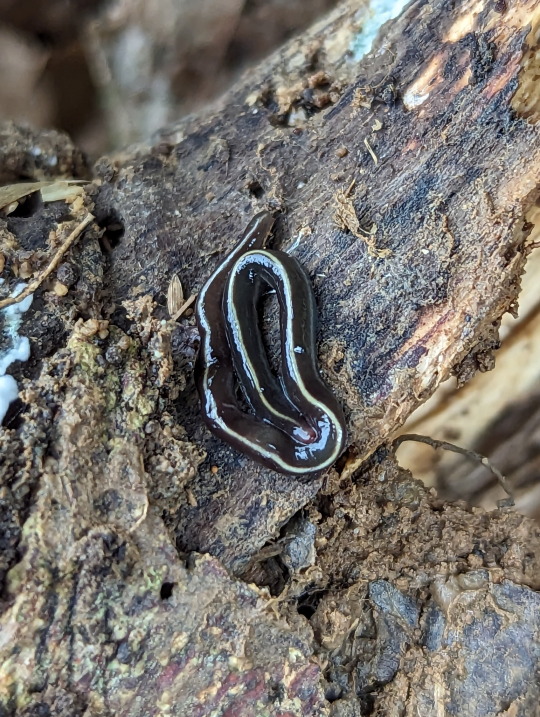
Photo 3 - Lycidae sp. / Photo 4 - Caenoplana coerulea

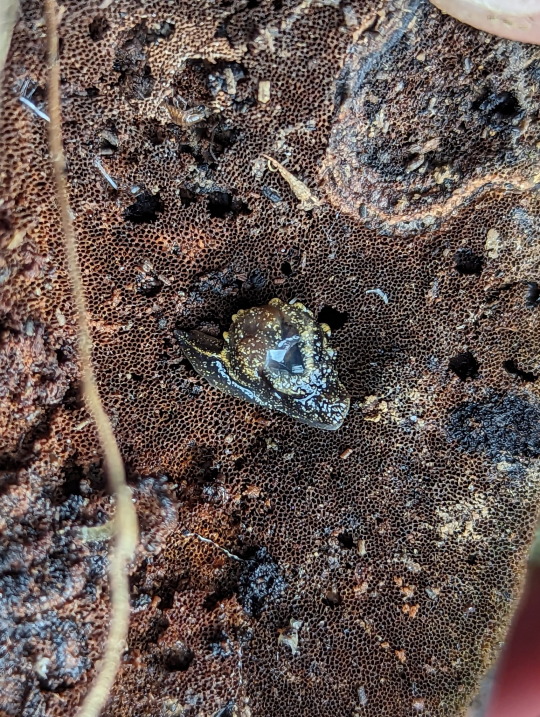
Photo 5 - Polydesmida sp. / Photo 6 - Fastosarion brazieri
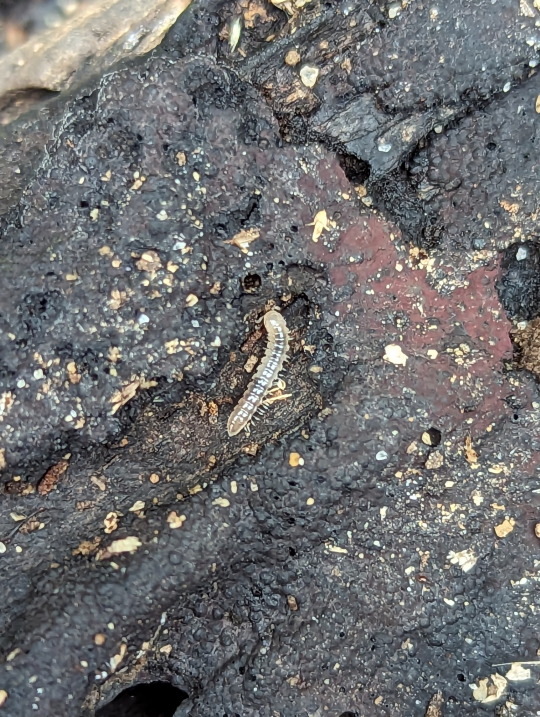
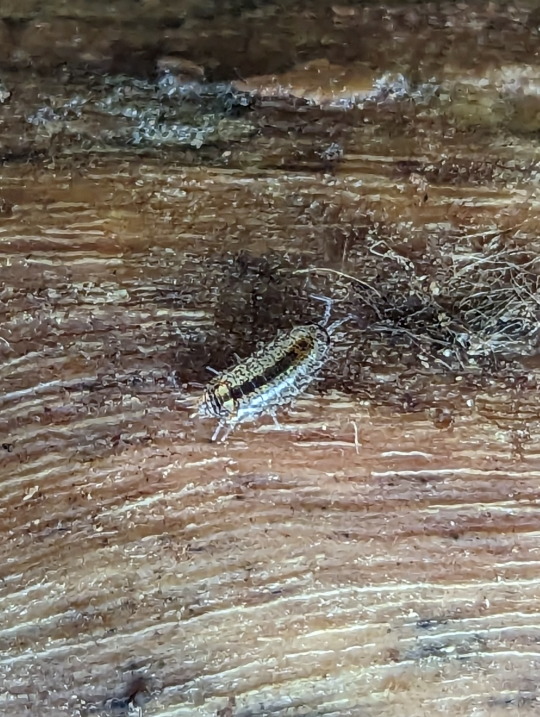
Photo 7 - Polydesmida sp. / Photo 8 - Philosciidae sp.
Various creatures found beneath rotting logs and bark.
30/06/23
QLD:WET, El Arish, remnant on farmland
#invertblr#invertebrates#Arthropods#Arthropoda#bugblr#entomology#Lycidae#Net-winged Beetles#coleoptera#beetles#Caenoplana coerulea#Blue Garden Flatworm#Platyhelminthes#flatworms#planarians#land planarians#Geophilomorpha#Soil Centipedes#Chilopoda#Centipedes#Myriapoda#Myriapods#Polydesmida#Flat-backed Millipedes#Diplopoda#Millipedes#Fastosarion brazieri#Chameleon Semi-Slug#Stylommatophora#Gastropoda
50 notes
·
View notes
Note
for that ask game: your opinion on worms? any kind is fine
OH MAN. worms are one of my special interests (hence the worm themed usernames on my blogs lol) and i have A Lot to say. worm rambling below the cut. ive included some images, so if anyone here is grossed out by worms i would recommend not clicking the keep reading button
OK SO. i love all worms but my specific interest is in flatworms (platyhelminthes) so im going to talk abt them here! im especially into terrestrial flatworms (geoplanidae) but marine flatworms and smaller planarians are also very cool!
one of my favourite things abt flatworms is the variation among them. obv there's a lot of difference at higher taxonomic levels, for example you get
polycladida, the numerous and varied marine flatworms that are free swimming and often have two short tentacles on their heads, and many small ocelli! they are quite large compared to other flatworms in general too!
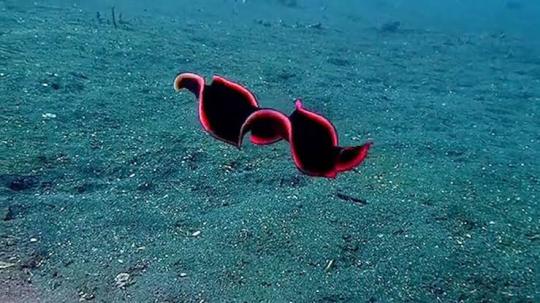
freshwater triclads, which are small and brown and live in freshwater, and usually (although not always) have two eyes!

and geoplanidae, the terrestrial flatworms, who inhabit gardens everywhere and usually (although, once again, not always) have many small ocelli!

there are more taxonomic classifications, and this isn't rlly a particularly scientific or accurate way to define them, but it's how i tend to split them up in my head lol.
geoplanidae are my favourites bc they're very easy to find where i live, and they're very beautiful and there's so much variation within the family. all of them are carnivorous, and although they will scavenge, they're often active predators and hunt other worms and also gastropods. their many ocelli (eyes) are usually pretty small and they can't see much at all, with the exception of species like the new guinea flatworm (platydemus manokwari), which is invasive in the US and has two large-ish prominent eyes on either side of its snout, and has better visual acuity than most flatworms iirc.

(see its beady wee eyes!!)
the majority of geoplanidae use chemical senses to track down their prey! because snails/slugs and other worms leave trails of slime, which are often imbued with pheromones to attract mates etc, predatory flatworms can track down their prey by following the chemicals in these trails.
once they've found their prey, they will wrap themselves around it and excrete a mucus which they use to slow down their prey. they're very strong as well so will often overpower prey using physical force! after this, they use their eversible pharynx (a kind of muscular tube) to penetrate or grasp their prey. the pharynx produces digestive chemicals through special glands. the prey is effectively digested externally, after which the flatworm will eat it.
it's a little bit horrific, but also very cool imo. flatworms can have mixed impacts on their environments, in native areas they can help control pests and keep the soil healthy, but if they become invasive they can decimate native worms and snails/slugs, which can decrease soil health. it really depends on if they're native or not.
terrestrial flatworms come in a wide variety of shapes and sizes! many of them are pretty small and long with some kind of a stripe going down the middle, as you can see in this personal photo of mine of a newzealandia graffi flatworm:
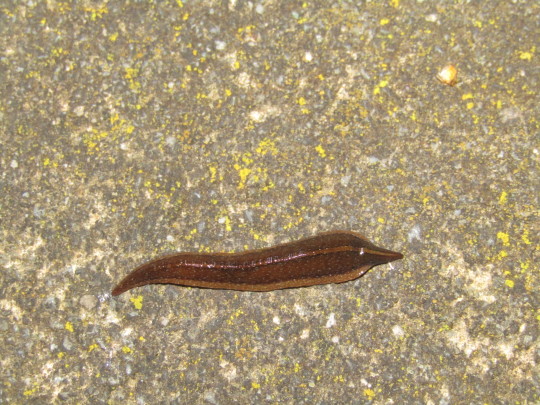
although there are many brownish flatworms, there are many others that come in lots of different colours, like this creamy-orangey one in another photo of mine (australoplana sp.):

or the blue garden flatworm (not my photo, caenoplana coerulea):

or even beautifully patterned ones like this unidentified flatworm!

within geoplanidae, there are also hammerhead flatworms (subfamily bipaliinae), named so because of their hammer-shaped head, usually lined with ocelli around the edges:

this species is bipalium choristosperma, and is native to borneo iirc! some other species of hammerhead flatworm, i.e. the brownish bipalium kewense (im running out of pics for this post rip so no image for this one but you can google it if you're curious!) are invasive in certain areas of the united states.
other geoplanarians are invasive in some areas, like the aforementioned platydemus manokwari which is also invasive in the US, or the new zealand flatworm (arthurdendyus triangulatus), which is invasive in the UK (despite it being called the new zealand flatworm, i have yet to actually see one irl and i live in its native, non-invasive range lmao 🤷♂️). like many other invasive animals, they're very good at getting into places undetected (esp plants/soil being transported, which is how they usually make it into new countries), and are just very efficient little predators. which is unfortunately bad news for gastropods and other worms lol
geoplanarians can also get quite large! check out this Obama eudoximariae specimen (not named after the president lol)

however most are usually a lot smaller than this. the flatworms where i live are usually no longer or wider than my pinky finger.
another cool fact abt flatworms is that many species can survive being cut in half, in fact each half will go on to form a new flatworm! some species will intentionally split themselves in half, or reproduce through "budding" where another flatworm just starts growing on them and eventually splits off. this is all asexual reproduction, but as well as asexual reproduction many species also reproduce sexually and lay eggs. they're such cool little beasts and have so many tricks up their nonexistent sleeves!
many species also glow in the dark under uv light. ive run out of images to add but it's cool as hell, my profile pic on my creature side blog is a photo i took of one of a newzealandia graffi worm glowing under uv light/blacklight. very cool of them to do that
ANYWAYS this post is getting long as hell and i have other stuff to do today so im gonna cut it short here. i hope you enjoyed my worm ramble :-) for anyone who is curious, i post more abt flatworms and other animals i like on my side blog @geoplanidae :-) <3 🪱
9 notes
·
View notes
Text
Met a good fellow today while moving the woodpile

I'm very pleased with how well the camera caught the yellow stripe
The friend is entirely black, with a blue undertone and a yellow stripe.
I had thought it was being yellow at me because I upset it because I couldn't always see it, but I'm not sure
The first 'what's that bug' site I used very helpfully informed me that it is a worm. (thanks I guess?)
The Google (Wikipedia) tells me it is Caenoplana coerulea / the blue planarian / blue garden flatworm
Hang out in leaf litter and eats other bugs
Native to Aotearoa + Australia but has colonised other areas of the world (which is impressive, for a worm)
As a bonus I also found what I'm pretty sure we're 3 of the Auckland giant earthworms (based on their girth). They were less than a handspan long but I've met a meter long one in the past in bushland
Also got a spider on my neck and now I have phantom tickles
But task accomplished! We moved the woodpile to make space to move half the solar panels to so they aren't on the grass any more
#Also had a good day at work#I felt peak efficiency#Got everything done except the wound care#Which isn't bad for a 5 patient day#Which included 2 ivabs and 1 blood transfusion all for midday#My life#And then I went to the tip shop and bought a sexy lamp#And then went and got ice-cream and hot chocolate with Peter#And then we came home to do the above minor manual labor task#Its nice#I feel so myself here#The comfort of home and working on stuff together#My posts#I'm happy
6 notes
·
View notes
Text
a surprising amount of land planarians worldwide too, I’ve found one of these in Pennsylvania plus a reddish species in Florida. Australoplana get up to some mischief in the UK and elsewhere too
I can't think of an Australian plant or animal that is invasive anywhere else
283 notes
·
View notes
Photo

Common Garden Planarian exploring its habitat
Caenoplana coerulea
06/07/22
#Caenoplana coerulea#Caenoplana#Blue Garden Flatworm#Platyhelminthes#Flatworms#Caenoplanini#Rhynchodeminae#Geoplanidae#Land Planarians#Geoplanoidea#Continenticola#Tricladida#Planarians#Rhabditophora#worms#worms tw#bugblr#insectblr#invertblr
56 notes
·
View notes
Photo


Much More Recognizable Worm
A planarian of some kind. It’s also possible that this is just Caenoplana coerulea.
Unidentified, order Tricladida
22/02/23
39 notes
·
View notes
Photo


I spent a while looking for this one. It’s hard to find info about worms online for some reason. But I found it! This worm is kinda gross, but it has very pretty colours ♥
✤ Caenoplana Coerulea - (Blue Planarian / Blue Garden Flatworm)
#bugblr#bugs#bug#worm#worms#flatworm#flatworms#blue garden flatworm#nature#tw#bugs tw#slimy tw#Planarian#arthropods#arthropoda
14 notes
·
View notes